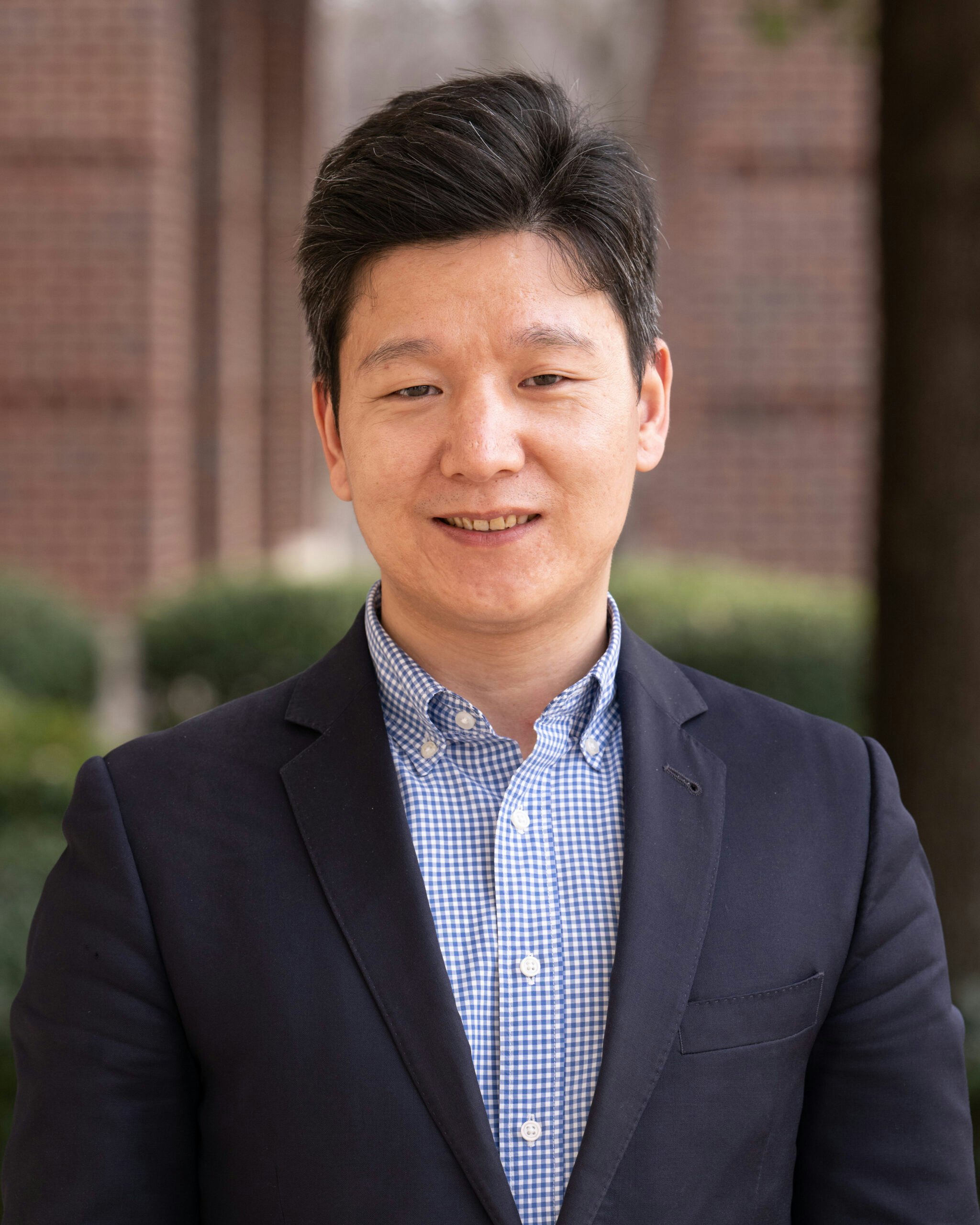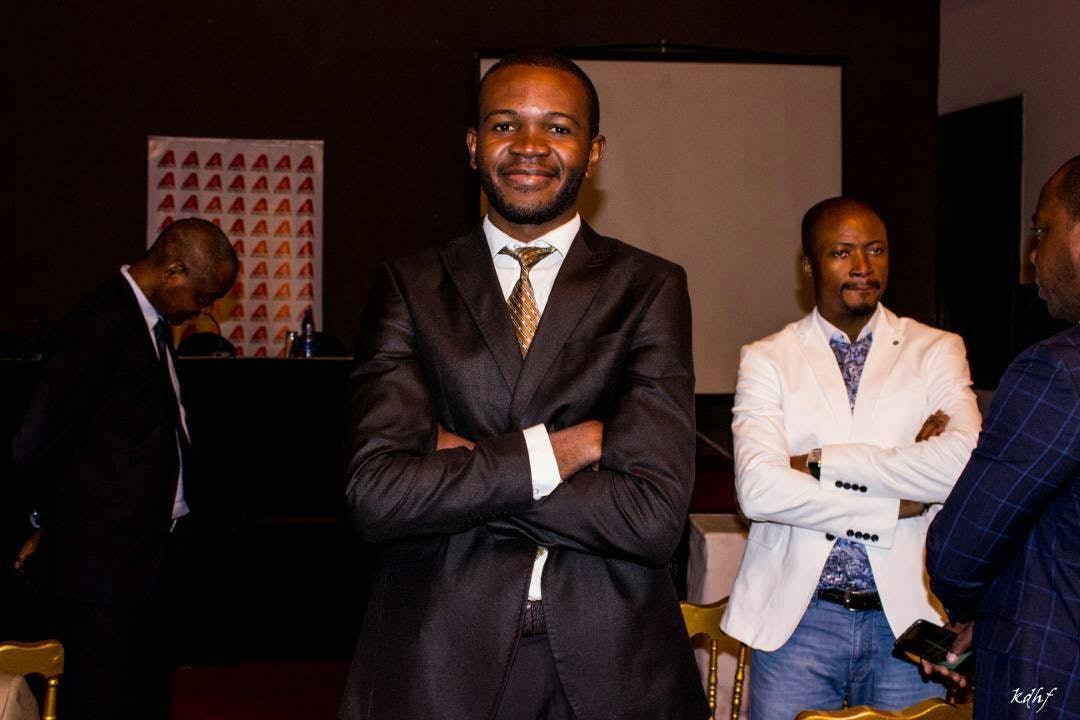This post originally appeared on www.freedomcollection.org.A vanishing breed, one hopes. I refer to absolutist regimes that deny their...
This post originally appeared on the Freedom Collection.
A vanishing breed, one hopes. I refer to absolutist regimes that deny their citizens a voice in government as well as personal freedoms, civil liberties and due process of law.
Freedom House calls these regimes the “worst of the worst.” It has recently released its list of these monsters for 2012. They number 16 out of the world’s 195 independent countries. Each year Freedom House’s battery of experts reports on the state of freedom in every country on earth and ranks them on a scale on which the best score is 1 and the worst is 7. Those receiving scores from 1 to 2.5 are labeled “free,” those from 3 to 5 are “partly free,” and those from 5.5 to 7 are “not free.” Among the “not free,” the very least free—scoring either 6.5 or 7 are dubbed “the worst of the worst.”
This year, seven countries scored 6.5. They were Belarus, Burma, Chad, China, Cuba, Laos, and Libya. Nine others scored a rock-bottom 7: Equatorial Guinea, Eritrea, North Korea, Saudi Arabia, Somalia, Sudan, Syria, Turkmenistan, and Uzbekistan.
The total of sixteen is not quite the lowest on record since Freedom House began these annual surveys in 1973, but it is close. The lowest was 15 in 2003. Thus the number of such regimes seems to have reached a plateau over the past decade which is in keeping with overall situation of freedom in the world. After remarkable progress in the 1980s and 1990s, the numbers flattened out in the new century, but the gains have not been lost. And clearly, the long-term trend is toward more freedom and the disappearance of these most repressive governments.
The collapse of the Soviet empire was the most dramatic but far from the only piece in this broad picture. In 1973, only 29% of the world’s countries were rated “free” as compared to 46 percent “not free.” Today, the ratio is reversed with free countries accounting for 45% while only 24% are not free.
The curve charting the most repressive countries is even steeper. In 1973 these constituted 18% of all the countries, and for a time that disheartening number got bigger rather than smaller, peaking in 1984 at 23%. Today’s 16 countries on this list amount to a mere 8%. Moreover, the list this year includes Libya and Burma, as it has for decades.
But these two countries are in the throes of dramatic changes too recent to be fully recorded in the current Freedom House reckoning. If they stay on their present paths, both will be off the list by next year. The same might possibly be true even for Syria where a brutal regime totters and its aftermath remains very uncertain.
In his second inaugural address, President George W. Bush raised some eyebrows when he spoke of “the ultimate goal of ending tyranny in our world.” The word “tyranny” may not exactly match up with Freedom House’s “worst of the worst.” But the one may be taken as a close approximation of the other. If a year from now we are down to 14 or 13 such regimes, how long might it be until we reached zero?
This post was written by Joshua Muravchik, Fellow in Human Freedom at the George W. Bush Institute.





























